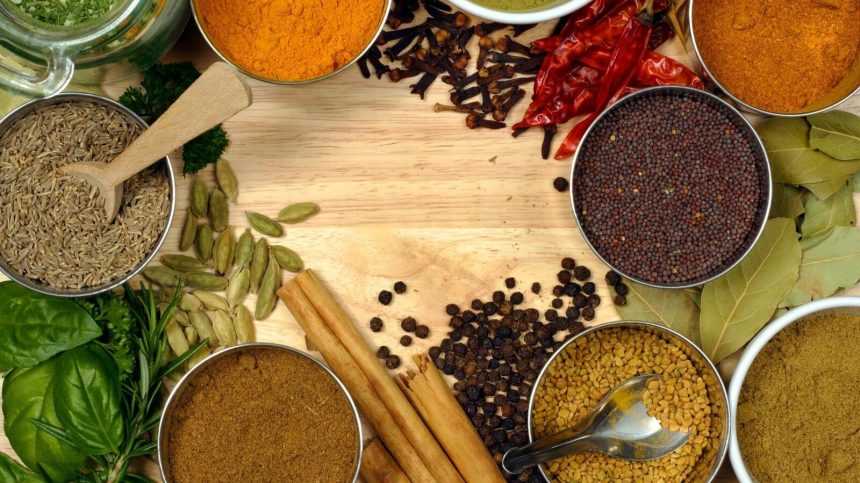Indian Spices Row: The Food Safety and Standards Authority of India (FSSAI) has categorically denied recent media claims suggesting that it has permitted higher pesticide residue levels in herbs and spices. Labeling these reports as “false and malicious,” the food safety regulator clarified its position through a press note, on May 5 as per ANI.
A controversy erupted when the Center for Food Safety (CFS) in Hong Kong detected ethylene oxide—a prohibited pesticide—in various pre-packaged spice products from MDH and another Indian brand, Everest.
FSSAI emphasised that India upholds some of the most stringent Maximum Residue Limits (MRLs) in the world. The authority explained that the MRLs for pesticides are established specifically for various food commodities based on thorough risk assessments. This approach ensures the safety standards are tailored to the dietary consumption patterns of the Indian population and address health concerns across all age groups.
Pesticide regulation in India falls under the jurisdiction of the Ministry of Agriculture and Farmers Welfare (MoA and FW), which operates through the Central Insecticide Board and Registration Committee (CIB and RC). This body, established under the Insecticide Act of 1968, oversees the manufacturing, import, transportation, and storage of pesticides, along with their registration, banning, or restriction.
The FSSAI’s Scientific Panel on Pesticides Residues works closely with the CIB and RC, analyzing data to recommend appropriate MRLs after comprehensive risk assessments. To date, the CIB and RC has registered over 295 pesticides, with 139 of these approved specifically for use in spices.
For instance, differing MRLs are set for various crops for the same pesticide based on risk assessments. Monocrotophos, for example, is permitted at levels of 0.03 mg/kg in rice, 0.2 mg/kg in citrus fruits, and 0.1 mg/kg in coffee beans. Specific to spices like cardamom and chilli, the MRLs are 0.5 mg/kg and 0.2 mg/kg, respectively.
Furthermore, a default MRL of 0.01 mg/kg has been in place for pesticides without specified limits, which has been raised to 0.1 mg/kg only for spices and solely applies to pesticides not registered in India by the CIB and RC.
The FSSAI stressed that MRLs are continually adjusted based on new scientific evidence, ensuring that these revisions align with international standards and reflect the latest research and global practices. “The MRLs are dynamic in nature and regularly revised based on the scientific data. This practice is aligned with global standards and ensures that MRL revisions are made on a scientifically valid basis, reflecting the latest findings and international norms,” the FSSAI stated, reinforcing its commitment to maintaining rigorous food safety standards.
(With Inputs from ANI)
Unlock a world of Benefits! From insightful newsletters to real-time stock tracking, breaking news and a personalized newsfeed – it’s all here, just a click away! Login Now!
Download The Mint News App to get Daily Market Updates.
More
Less
Published: 05 May 2024, 01:28 PM IST









